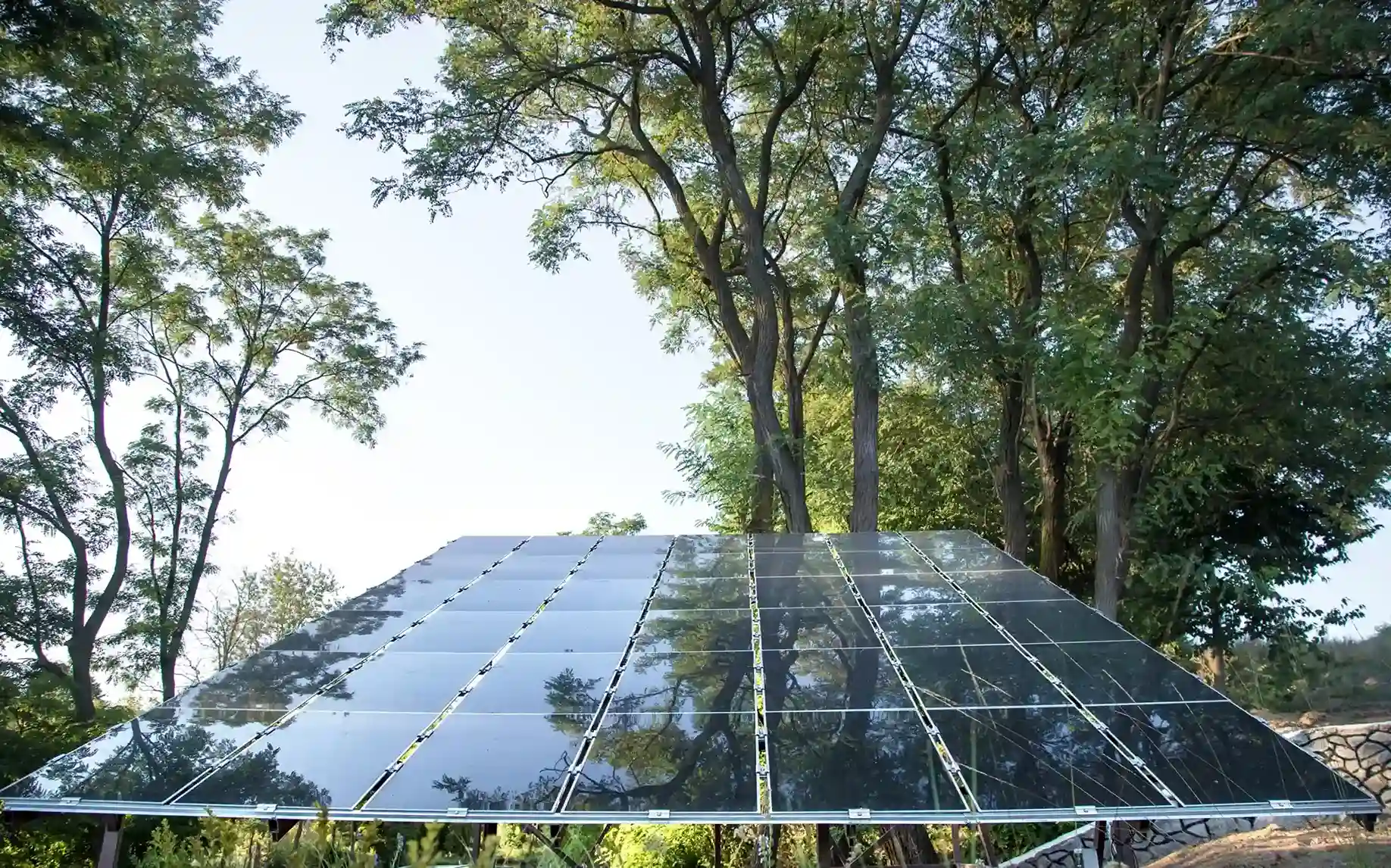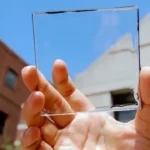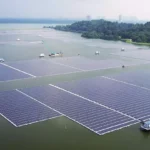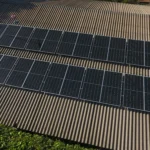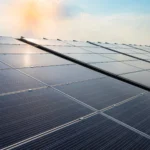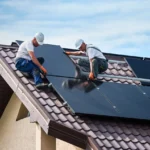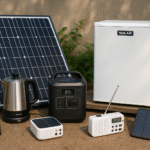If you’ve been thinking about reducing your carbon footprint while saving money on energy bills, solar power panels for homes might be just the solution you need. Solar panels are becoming popular for homeowners looking to harness the sun’s power and invest long-term in both sustainability and cost savings.
In this guide, we’ll explore the benefits, cost savings, and installation of solar power for homes, along with some key considerations to help you decide if they’re the right fit for you.
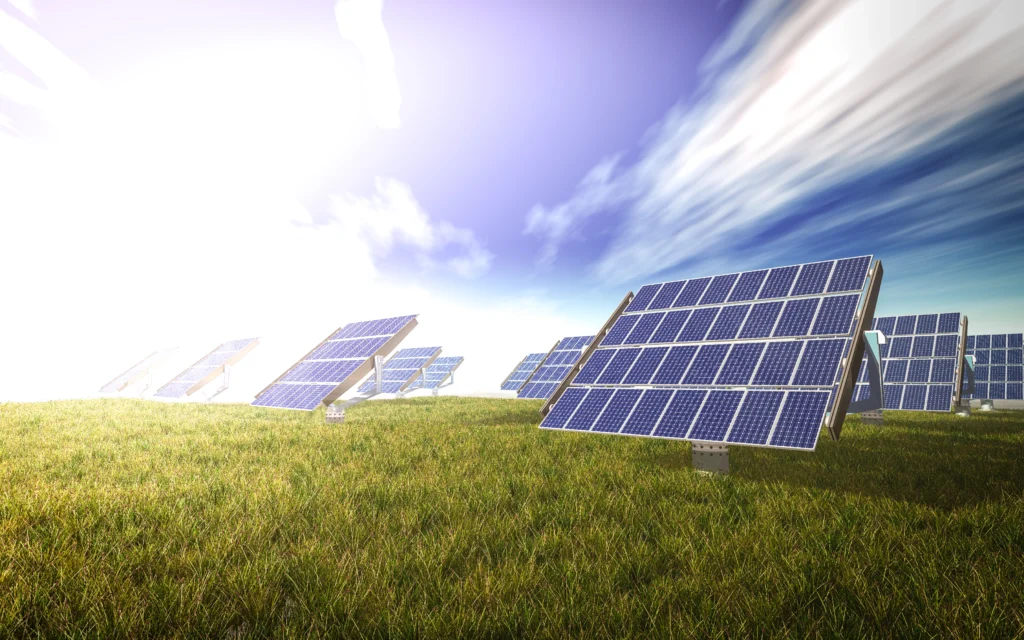
Why Choose Solar Power Panels for Homes?
Many people are now choosing solar panels for homes for various reasons. Solar energy is a smart choice whether you want to cut down on energy bills or contribute to the environment. Let’s look at some of the top benefits of installing solar power panels for your house.
Long-Term Savings on Energy Costs
One of the most significant reasons homeowners invest in solar power panels for homes is the potential for long-term savings. Once installed, solar power panels can drastically reduce your monthly electricity bills, and in many cases, they can completely eliminate your reliance on traditional power sources. Solar panels generate their electricity from sunlight, so you don’t have to pay the high rates associated with grid power.
- How It Works: Solar panels absorb sunlight and convert it into electricity using photovoltaic cells. This energy can then power your home’s appliances, lights, and heating systems.
- Savings Over Time: Although the upfront cost of solar panel installation may seem high, the savings on your monthly utility bills can quickly outweigh this initial expense. Depending on your solar system’s size and local energy rates, many homeowners recoup their investment in 5 to 10 years.
Increase in Home Value
In addition to saving on energy costs, installing solar power panels can increase the resale value of your property. Many homebuyers are actively looking for energy-efficient homes, and a solar power system is an attractive feature.
- Appraisal Benefits: Studies have shown that homes with solar power systems tend to sell faster and for more money than homes without. Buyers are often willing to pay a premium for homes with lower energy costs and more eco-friendly.
- Long-Term Investment: While solar power panels for houses come with an upfront cost, their long-term value, both in terms of energy savings and home value, makes them a wise investment for many homeowners.
Contribution to the Environment
Installing solar power panels is an eco-friendly choice that helps reduce your carbon footprint. Solar energy is clean and renewable and does not release harmful greenhouse gases into the atmosphere, making it a sustainable alternative to fossil fuels.
- Reduction in Greenhouse Gases: By switching to solar energy, you are helping reduce the demand for fossil fuels, reducing harmful emissions. This is a simple but impactful way to contribute to the fight against climate change.
- Supporting Renewable Energy: Solar energy is renewable, meaning it will never run out. By using solar power, you support a clean energy source that can be used for future generations.
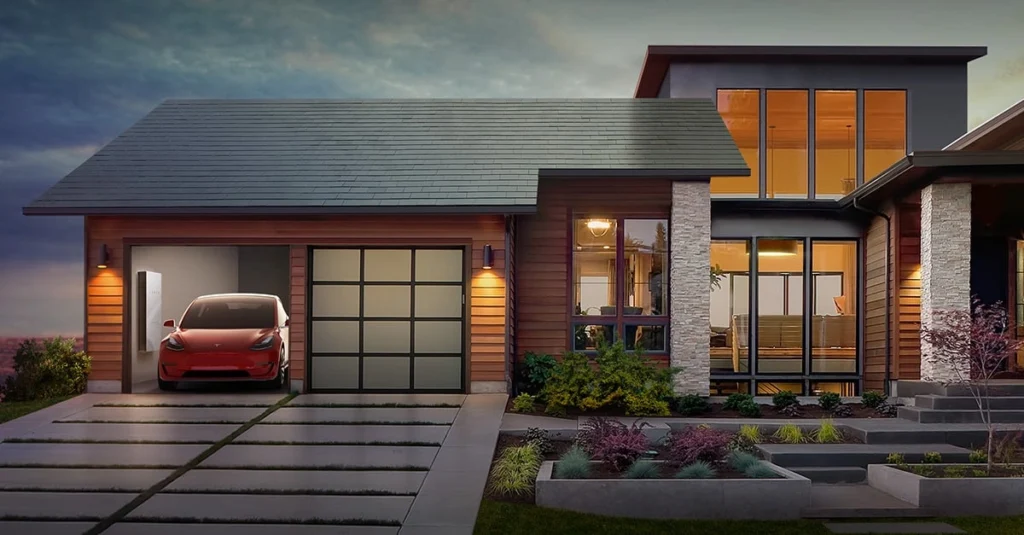
How Much Do Solar Power Panels for Homes Cost?
One of homeowners’ main concerns about installing solar panels is the cost. The initial investment can be high, but understanding the long-term financial benefits can make the decision easier. Let’s break down the costs associated with solar panels for homes.
Initial Installation Costs
The average cost to install solar power panels for a house varies depending on your system’s size, location, and the type of panels you choose. Solar panel installations can range from $10,000 to $30,000, including equipment and installation. However, prices have been steadily decreasing over the years, making solar energy more affordable than ever.
Tax Credits and Incentives
To make solar power more accessible, many governments offer incentives and tax credits to help offset the cost of installation. For example, the federal solar tax credit in the U.S. allows homeowners to deduct a portion of their installation costs from their federal taxes.
- Federal Solar Tax Credit: As of now, homeowners can claim up to 26% of the total installation cost of their solar power panels as a tax credit. This can save you thousands of dollars on your investment.
- Local Incentives: Many states and local governments also offer their own rebates or incentives further to reduce the cost of solar panel systems for homes.
Ongoing Maintenance Costs
Once installed, solar power panels require very little maintenance. However, it’s important to keep the panels clean and ensure they’re in good condition for optimal performance. In most cases, this means washing the panels once or twice a year and having them checked periodically by a professional.
- Low Maintenance: Solar power panels have no moving parts, making them reliable and low-maintenance. The main ongoing cost is the occasional cleaning, and most solar power for home manufacturers offer warranties that last between 20 to 25 years.
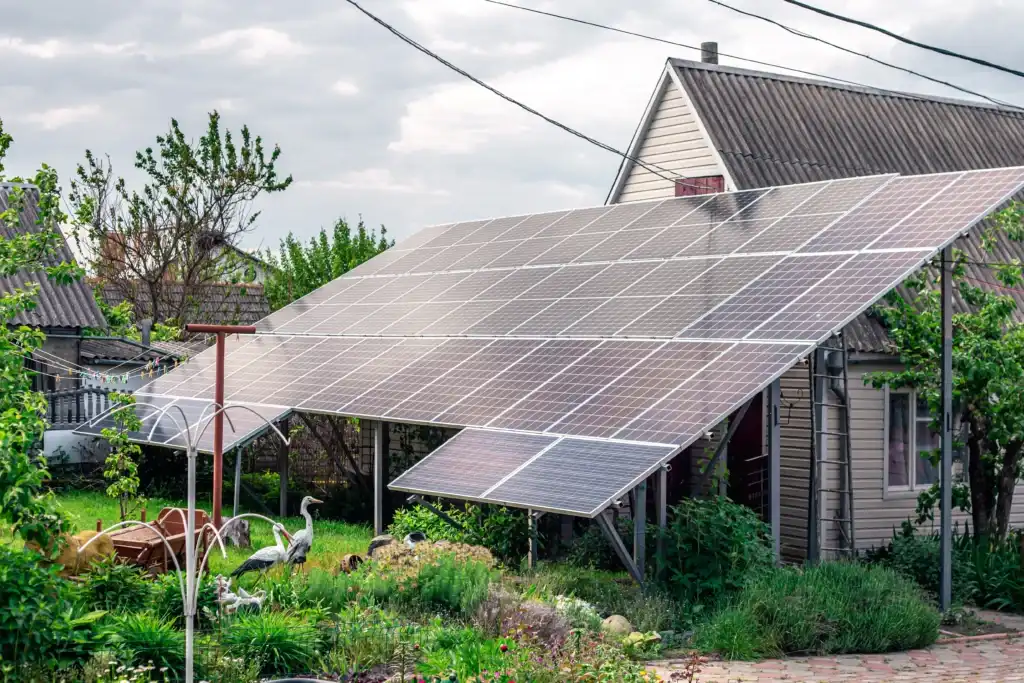
The Installation Process of Solar Power for Homes
If you’re considering installing solar power panels for your home, you’ll want to know what to expect during installation. Here’s a step-by-step breakdown.
Site Assessment and Design
The first step in the installation process is a site assessment. A professional installer will visit your home to assess your roof’s suitability for solar panels. They’ll consider factors like the angle of your roof, its orientation, and any potential shading issues from trees or nearby buildings. Based on this assessment, they will design a custom solar system that meets your energy needs.
Permits and Paperwork
Before installation can begin, you must obtain permits from your local government. The installer will handle most of this paperwork for you, but it’s essential to know that it can take a few weeks to get everything in order.
Installation Day
Once the permits are secured, the installation can begin. Depending on the size of the system, the process typically takes one to two days. During this time, the installer will mount the solar panels on your roof, connect them to your electrical system, and test the system to ensure it’s functioning properly.
Final Inspection and Activation
After the installation is complete, your local government will conduct a final inspection to ensure everything meets code requirements. Once the inspection is passed, your solar lighter system will be activated, and you can begin enjoying the benefits of solar energy.
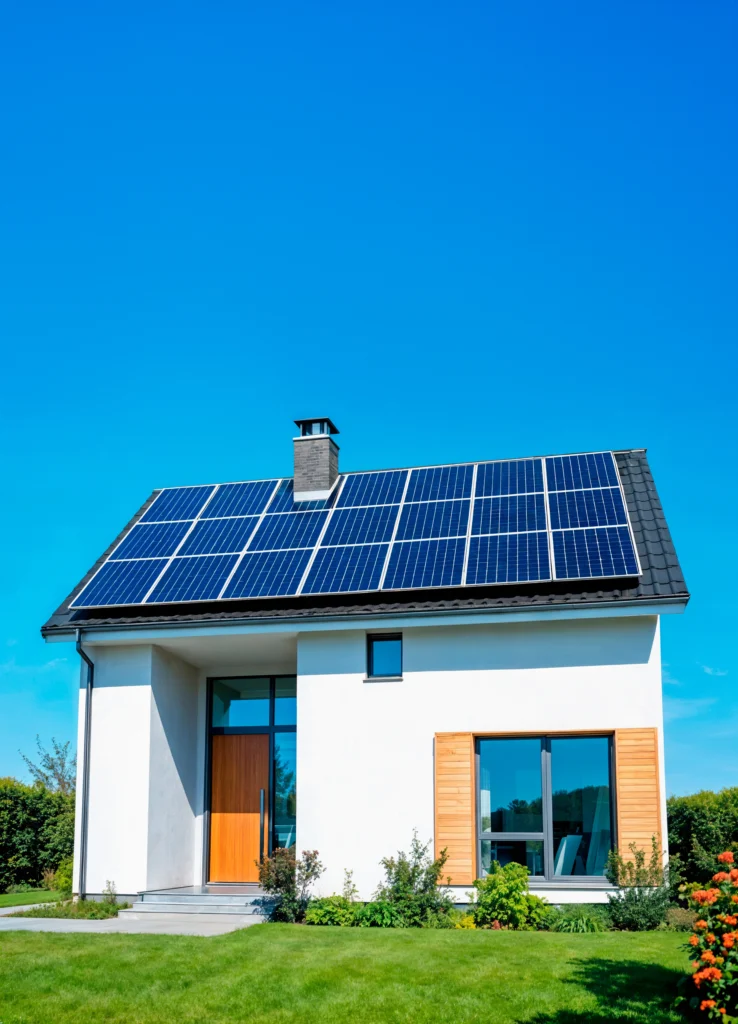
Why You Should Consider Solar Panels for Homes
In conclusion, solar power panels for homes offer a wide range of benefits, from significant energy savings to increasing your home’s value and contributing to a cleaner environment. While the initial cost may seem high, the long-term financial and environmental benefits make them a smart choice for many homeowners. By taking advantage of tax incentives and understanding the installation process, you can make an informed decision and begin your journey toward energy independence.
If you want to learn more about solar power panels and how they can benefit you, contact a professional installer today to explore your options and get a free quote.
Common Questions & Answers about Solar Power Panels
How Much Do Solar Power Panels Cost for a Home?
The cost of solar power panels for homes typically ranges between $10,000 and $30,000, depending on the size and type of system. However, government incentives and tax credits can help reduce the upfront cost.
Do Solar Power Panels Require a Lot of Maintenance?
No, solar power panels are very low maintenance. They don’t have moving parts, and regular cleaning and periodic checks are usually enough to keep them functioning efficiently.
Will Installing Solar Power Panels Increase the Value of My Home?
Many studies show that homes with solar power systems tend to sell faster and at higher prices. Buyers are increasingly looking for energy-efficient homes, and solar panels can be a major selling point.
How Do I Know if My Roof Is Suitable for Solar Panels?
A professional installer can assess the site to determine if your roof is ideal for solar panel installation. They’ll evaluate the roof’s angle, orientation, and shading to ensure maximum efficiency.
How Long Does It Take to Install Solar Panels?
The installation process typically takes one to two days. However, getting the necessary permits and approvals can take a few weeks.
Ready to take the next step toward a greener, more cost-effective future? Explore your options for solar power panels for homes today!

